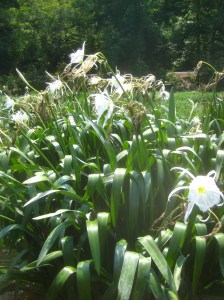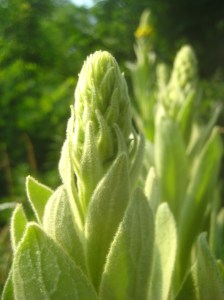A Visual Essay
The Church of the Holy Sepulchre in Jerusalem, as any pilgrim or tourist visiting it quickly discovers, is a massive, maze-like structure, or, really, assemblage of structures, including the Tomb of Christ and of Golgotha but also numerous other chapels, rooms, and other elements. Somewhat closer investigation starts to reveal the multiple layers of construction and use, going all the way back the first century AD (and probably further, since the Tomb was located in the side of an already old quarry outside of the Herodian walls of the city). While the names of prominent men and women are often attached to these various architectural layers, beginning with Constantine and his mother Helena, the traces of far humbler pilgrims to the great church are also visible, if one knows where to look. Yet, as I observed on my visits to the church earlier this year, the steady streams of pilgrims and tourists, clergy and tour guides, pass right by these fascinating reminders of the centuries of pious visitors who have traveled- often over great distances and in difficult circumstances- to venerate the empty Tomb of Christ.

Covering the columned framing of the great doors to the main entrance to the church are perhaps hundreds of instances of ‘pious graffiti’- prayers, names, dates, and short texts carved into the stone by pilgrims. Deeper inside the church, in a stairwell leading down to the Chapel of St. Helena, sunk within the living rock, are hundreds of neatly carved crosses left by Crusaders, also as pious graffiti marking and memorializing their pilgrimage. While in the modern world such defacement is looked down on and even seen as criminal, Continue reading “Pious Graffiti at the Church of the Holy Sepulchre: Pilgrims’ Prayers and Traces of the Self”
















































